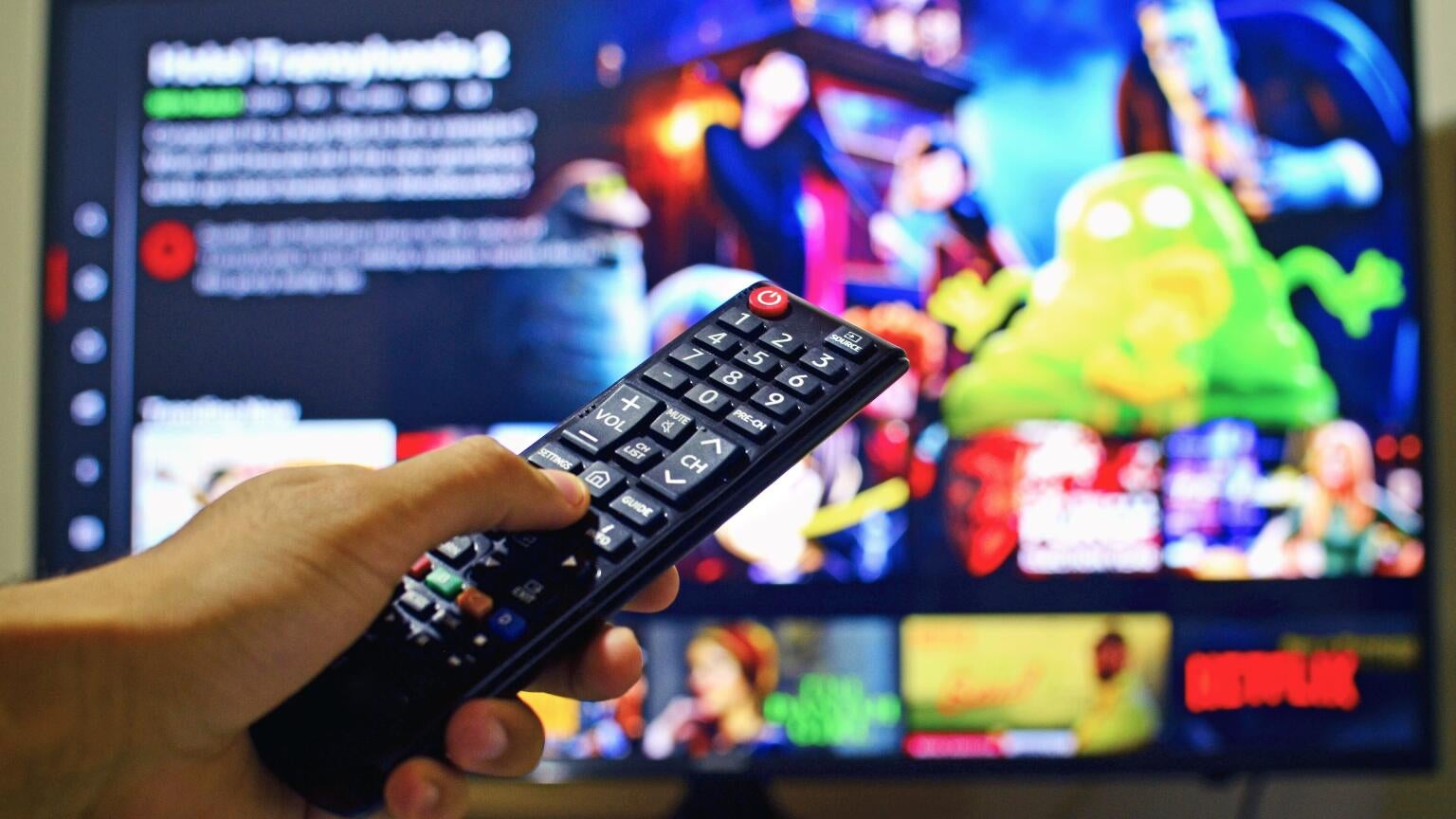
For most of us, the “streaming wars” are more a matter of choosing which service we’ll use for our chosen content. Whether it’s Netflix, Pluto TV, or one of the dozens of other options—over 200 at last report—that’s the sum total of the streaming wars. Behind the scenes, however, a much greater war is brewing. This war is known as “gatekeeping.”
Gatekeeping, and Why It’s Shaking Up Streaming
So what is gatekeeping? Gatekeeping is basically a look at streaming via an even more elemental level: the platforms that actually show the content. Not Netflix or Pluto TV, but here, the televisions, gaming consoles, and set-top boxes used to actually view the content.
One great example of gatekeeping comes from The Information, which details the story of television maker TCL and its connection to several potential gatekeepers. TCL began its foray into streaming by connecting with Roku, which it used as a kind of operating system to allow TCL television users to stream media.
This prompted Amazon to step in and offer TCL access to its own streaming software to take over for Roku. TCL rebuffed Amazon’s proposal, but later, revealed an interest in replacing some of its Roku sets in North America. Amazon sensed another opportunity, but was again rebuffed…this time in favor of a Google OS.
Streaming media users have never had so many choices when it comes to accessing those streaming platforms. Some might choose a Roku box, while others might prefer an Amazon Fire TV stick. Others still might turn to a gaming console. Some particularly tech-savvy folks may decide to build a home theater PC that connects with all their best speakers and other hardware. Then there are some who will eschew all those options and instead run their streaming direct from the television itself. All of these options are equally viable, and get you to the same platforms.
Gatekeepers? More Like Toll Booths…
At stake for the streamers, though, is the matter of fees. While the end users typically don’t pay fees—aside from the initial purchase price—the streaming companies do. Most entertainment apps bill the subscriber directly. The gatekeeper, therefore, usually gets a percentage of that revenue for allowing the streamer to appear on its devices. Craig Moffett, an analyst with MoffettNathanson, estimates streaming gatekeepers get around 15% of subscription revenues from the streaming apps. That is well below the 50% cut U.S. cable companies in the U.S. take from cable TV subscriber fees, but it’s still a sizeable number.
Turning again to Roku for an example, the company brought in close to $1 billion from its platform operations for the first half of this year. That’s up from $477.4 million over the same time last year. Its hardware business also gained in that period…going from $200 million to $220 million after a year’s time. Its platform operations better than doubled, but its hardware business barely notched up 10 percent.
What This Means to You
You should expect increased competition among streaming platforms and operating systems. We’re already seeing Comcast and Amazon releasing their own TV sets to try to do an end-around past devices like a Roku box or Apple TV device. These companies have a large financial incentive to bring you to their operating system and keep you there. In the short term, that may mean ridiculously inexpensive TV sets.
As streaming providers look for more advantageous rates, you may also see more fights like what is currently happening between YouTube TV and Roku. This is similar to what cable subscribers have experienced for years as carriage fights sometimes interrupted programming. To avoid a total blackout, cord-cutters may wish to use a few different platforms, just in case a service goes dark on one particular OS for whatever reason.
Though it may be a bit inconvenient to deal with different streaming software from device to device, the increased competition actually helps keep prices low. So until the dust settles, get ready for more streaming services, more smart devices, and more contractual battles to come.